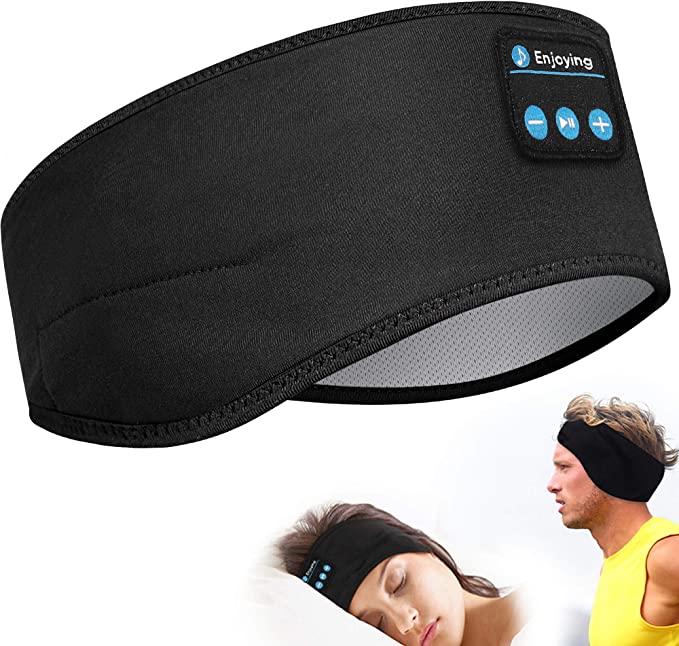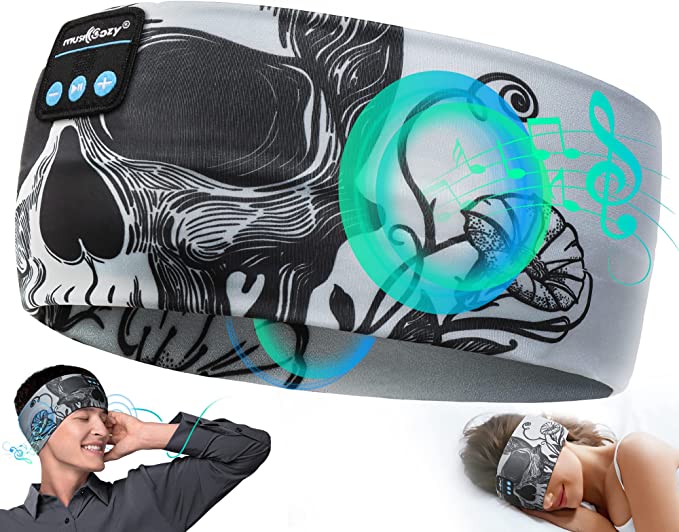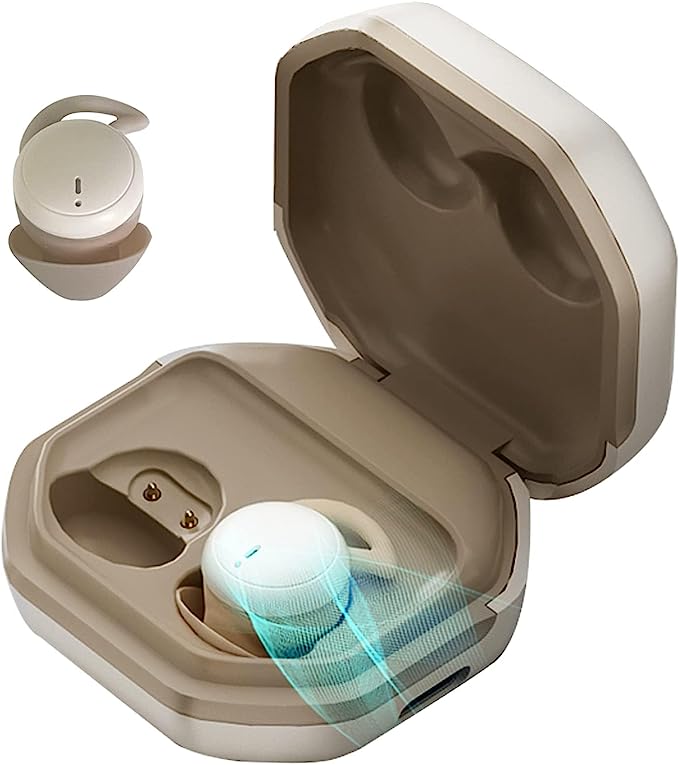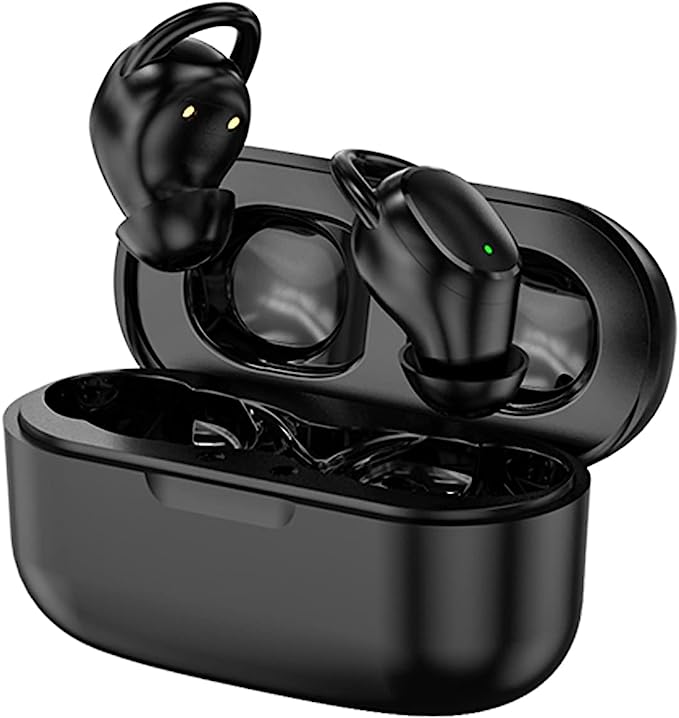JadaIn AI Sleep Tracker: Improve Your Sleep Quality Without Wearing Anything
Update on Feb. 28, 2025, 7:44 a.m.
Imagine waking up feeling truly rested, not because your alarm clock blared at a pre-set time, but because your body was naturally ready to start the day. For many, this feels like a distant dream. We live in a world that often prioritizes productivity over rest, leading to chronic sleep deprivation and a host of related health problems. The silent thief of health is not always a dramatic illness; often, it’s the slow, insidious erosion of well-being caused by poor sleep.

The Science of Slumber: A Deep Dive
Sleep isn’t simply a period of inactivity. It’s a dynamic process crucial for physical and mental restoration. During sleep, we cycle through different stages, each playing a vital role in our health. These stages are broadly categorized as Non-Rapid Eye Movement (NREM) sleep and Rapid Eye Movement (REM) sleep.
NREM sleep is further divided into three stages:
- N1 (Light Sleep): This is the transition phase between wakefulness and sleep. Your muscles begin to relax, and your brainwaves start to slow down.
- N2 (Light Sleep): This stage makes up a significant portion of your total sleep time. Your heart rate and body temperature decrease as you drift deeper into sleep.
- N3 (Deep Sleep): This is the most restorative stage of sleep, also known as slow-wave sleep. Your body repairs tissues, builds bone and muscle, and strengthens your immune system.
REM sleep, characterized by rapid eye movements and vivid dreaming, is crucial for cognitive functions like memory consolidation and learning.
These sleep stages are orchestrated by our internal biological clock, known as the circadian rhythm. This roughly 24-hour cycle regulates various bodily functions, including sleep-wake patterns, hormone release, and body temperature. A key player in this rhythm is melatonin, a hormone produced by the pineal gland in the brain. Melatonin levels rise in the evening, promoting sleepiness, and decrease in the morning, promoting wakefulness. Exposure to light, especially blue light emitted from electronic devices, can suppress melatonin production, disrupting our circadian rhythm and making it harder to fall asleep.
Beyond Counting Sheep: Why Traditional Sleep Tracking Falls Short
For years, the primary way to track sleep involved wearable devices, typically wristbands or smartwatches. While these devices can provide some insights into sleep patterns, they have limitations. Many people find them uncomfortable to wear all night, which can, ironically, disrupt sleep. They primarily rely on movement detection (actigraphy), which can be inaccurate in distinguishing between different sleep stages, especially light sleep and wakefulness.

Introducing JadaIn: Contactless Sleep Monitoring, Reimagined
The JadaIn AI Non-Wearable Sleep Tracker offers a different approach. Instead of relying on physical contact, it uses advanced radar technology to monitor your sleep from your bedside table. This non-contact design eliminates the discomfort associated with wearable trackers, allowing for a more natural and undisturbed sleep experience.
How JadaIn Works: Unveiling the Radar Magic
The core of JadaIn’s technology lies in its patented radar sensor. This sensor utilizes the Doppler effect, a phenomenon you’ve likely experienced without realizing it. Think of the changing pitch of a siren as an ambulance approaches and then moves away. That change in pitch is due to the Doppler effect, which describes the change in frequency of a wave (sound or light) in relation to an observer who is moving relative to the wave source.
JadaIn’s radar emits low-power radio waves that bounce off your body. Even the slightest movements, such as your chest rising and falling with each breath, cause tiny changes in the frequency of the reflected waves. The JadaIn sensor detects these minuscule frequency shifts and uses sophisticated algorithms to translate them into detailed sleep data, including your heart rate, breathing rate, and body movements.

More Than Just Movement: A Holistic Approach to Sleep
JadaIn goes beyond simply tracking movement. It also monitors your bedroom environment, providing a comprehensive picture of the factors that might be affecting your sleep quality. It measures:
- Temperature: A room that’s too hot or too cold can disrupt sleep. The ideal sleep temperature is generally considered to be around 65 degrees Fahrenheit (18.3 degrees Celsius), but this can vary from person to person.
- Humidity: Both high and low humidity can negatively impact sleep. High humidity can make you feel stuffy and uncomfortable, while low humidity can dry out your airways, leading to irritation and congestion.
- CO2 Levels: Elevated CO2 levels, often due to poor ventilation, can lead to headaches, restlessness, and difficulty concentrating, all of which can interfere with sleep.
- Light Intensity: Exposure to bright light, especially blue light, in the evening can suppress melatonin production and delay sleep onset.
By monitoring these environmental factors, JadaIn helps you identify potential problems and make adjustments to create a more sleep-conducive environment.
The Silent Threat: Detecting Sleep Apnea
One of the most significant features of JadaIn is its ability to detect potential signs of sleep apnea. Sleep apnea is a serious sleep disorder characterized by pauses in breathing during sleep. These pauses, which can last for a few seconds to minutes, can occur hundreds of times a night, depriving the body of oxygen and disrupting sleep. Sleep apnea is often undiagnosed, but it can have serious health consequences, including high blood pressure, heart disease, stroke, and type 2 diabetes.
JadaIn’s radar sensor can detect subtle changes in breathing patterns that may indicate sleep apnea. It’s important to note that JadaIn is not a medical device and cannot diagnose sleep apnea. However, it can provide valuable data that you can share with your doctor, who can then determine if further testing is needed.
Waking Up Refreshed: The Power of Light
JadaIn doesn’t just track your sleep; it also helps you wake up feeling more refreshed. Its built-in smart wake-up light simulates a natural sunrise, gradually increasing in brightness over a period of time. This gentle awakening helps to regulate your circadian rhythm by suppressing melatonin production and promoting the release of cortisol, a hormone that helps you feel alert and energized. Waking up during a light sleep phase, as opposed to being jolted awake by a jarring alarm during deep sleep, leaves you feeling less groggy and more prepared for the day.
Decoding Your Sleep: The JadaSleep App
The JadaIn device works in conjunction with the JadaSleep app, which provides a user-friendly interface for viewing and analyzing your sleep data. The app displays your sleep stages, heart rate, respiratory rate, snoring patterns, and environmental data. It also provides a sleep score, giving you a quick overview of your sleep quality. While the app provides valuable insights, the emphasis is on presenting the data in a clear and understandable way, rather than overwhelming you with technical jargon. It avoids making definitive health claims and encourages consulting with a healthcare professional for any concerns.

Building Better Sleep Habits: Beyond the Data
While technology like JadaIn can provide valuable insights into your sleep, it’s important to remember that it’s just one piece of the puzzle. Improving your sleep also requires adopting healthy sleep habits, often referred to as “sleep hygiene.” These include:
- Maintaining a Regular Sleep Schedule: Go to bed and wake up around the same time every day, even on weekends, to regulate your circadian rhythm.
- Creating a Relaxing Bedtime Routine: Wind down before bed with a warm bath, reading, or gentle stretching. Avoid screen time for at least an hour before bed.
- Optimizing Your Sleep Environment: Make sure your bedroom is dark, quiet, and cool.
- Avoiding Caffeine and Alcohol Before Bed: These substances can interfere with sleep.
- Getting Regular Exercise: Regular physical activity can improve sleep quality, but avoid intense workouts close to bedtime.
The Future of Sleep: Where Technology Meets Well-being
The JadaIn represents a significant step forward in sleep technology. By combining non-contact monitoring with a holistic approach to sleep health, it empowers individuals to take control of their sleep and improve their overall well-being. As technology continues to advance, we can expect even more sophisticated and personalized sleep solutions to emerge, helping us unlock the secrets to a truly restful night’s sleep. The future of sleep is not just about tracking; it’s about understanding, improving, and ultimately, prioritizing this fundamental pillar of health.












































